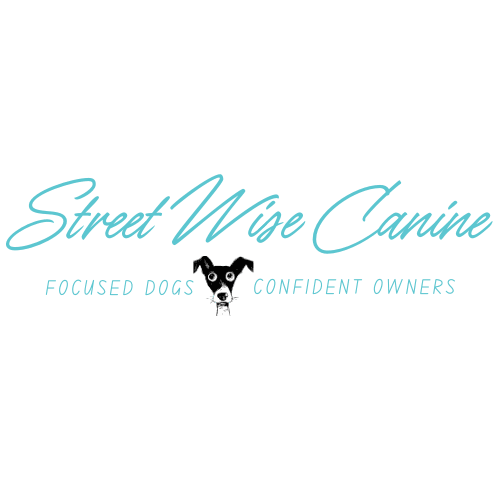Force vs. Freedom: The Line That Actually Matters
What If We’ve Been Looking at Shock Collars the Wrong Way?
If you feel uncomfortable with the idea of shock collars, I want you to know:
I understand. Truly.
The thought of hurting, scaring, or forcing a dog into obedience feels wrong because it is wrong.
And too often, that’s exactly how these tools have been misused—without skill, without compassion, without respect for the dog’s experience.
If you’ve seen that misuse, of course you’d want shock collars banned. Of course you’d speak up for dogs’ safety and wellbeing.
But what if there’s more to the story? What if the real problem isn’t the tool itself— but why it’s used?
What if true cruelty isn’t about the equipment… but about the experiences we deny dogs when we refuse to use tools thoughtfully?

Force vs. Freedom: The Line That Actually Matters
There’s a big difference between: Using a shock collar to force a dog into experiences they would naturally avoid (flooding them with fear, coercing blind compliance) and using a shock collar to make possible the experiences a dog already wants, but couldn’t safely access without it (joyful off-leash freedom, safe exploration, more autonomy)
One limits choice.The other creates it. And that difference matters more than anything.
What True Cruelty Looks Like (And It’s Not What You Might Think)
I work to help dogs live the way their body and mind were designed to.That means:
- Freedom to move.
- Freedom to sniff.
- Freedom to run.
- Freedom to explore safely and confidently.
What’s truly cruel is denying a dog these experiences because we’re more worried about appearances or theoretical ethics than about the real, living needs of the dog standing in front of us.
What’s cruel is saying, “You can’t have the freedom you crave because I’m uncomfortable with how we might have to create it.”
What’s cruel is trapping dogs in small, restricted lives—because someone said no tool can ever be humane.
I don’t care what a dog trainer tells me about a blanket rule. I care about what my dog’s body, mind, and spirit are asking for.
And sometimes, saying “yes” to that life means using a tool thoughtfully—not to control them, but to open the door wider.
Misuse Is Real. But Blanket Bans Don’t Protect Dogs.
Is it possible to misuse a shock collar? Absolutely. And it’s wrong when it happens.
But banning the tool entirely doesn’t stop misuse. It just stops conversations. It removes options that, when used with education and deep respect, allow dogs to live bigger, richer lives.
It’s not about “tool-free” training. It’s about “choice-full” living.
It’s about giving dogs the ability to move through a complicated world with as much confidence, freedom, and safety as possible. And sometimes, tools—used well—are the bridge that makes that life possible.
The Questions That Actually Matter
Instead of asking: “Is a shock collar bad?” We need to be asking:
- “Is this dog’s choice being respected?”
- “Is this tool being used to create freedom, not fear?”
- “Is this dog living a fuller, more joyful life because of it?”
Those are the questions that protect dogs. Not slogans. Not blanket judgments. Not fear of what might go wrong without seeing what can go beautifully right.
Final Thought
Dogs deserve more than just safety. They deserve the freedom to live fully—to run, to sniff, to explore, to stretch their legs and their hearts in the world around them. When used thoughtfully, a shock collar isn’t about control. It’s about unlocking the life they were made to live.
It’s not about forcing dogs into something they don’t want. It’s about making possible the things they already need—and giving them the safe space to choose it.
True enrichment isn’t keeping dogs contained. It’s giving them the world—and teaching them how to navigate it safely.
Because real cruelty isn’t using a tool well. It’s shrinking a dog’s life out of fear.

